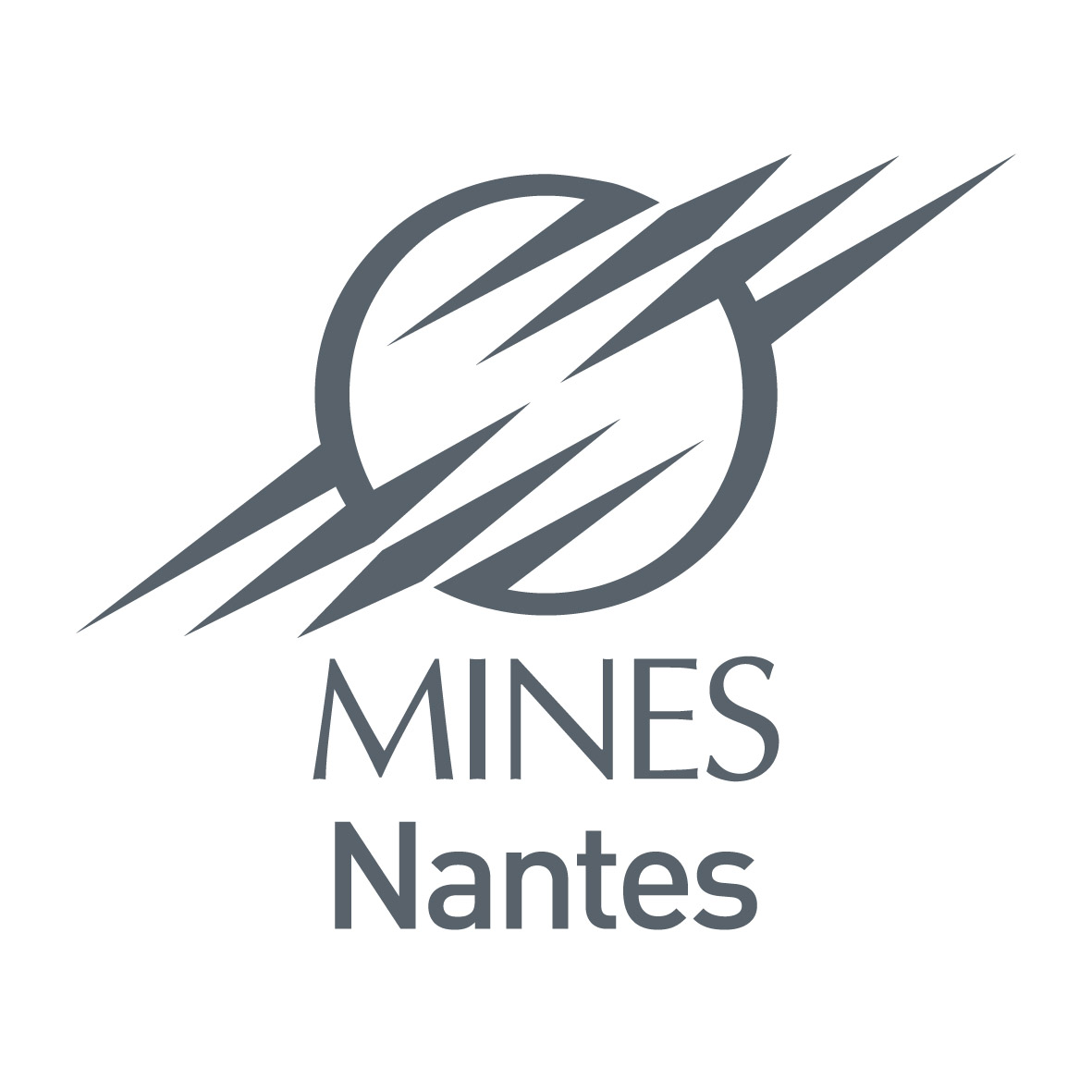Novel Fe loaded activated carbons with tailored properties for As(V) removal: Adsorption study correlated with carbon surface chemistry
Résumé
Novel Fe loaded activated carbons have been prepared from sugar beet pulp (BP) agricultural residues by direct steam activation followed by iron impregnation with or without previous oxidation. The corresponding activated carbons were: BP-H2O, BP-H2O-Fe, BP-H2O-H2O2-Fe and BP-H2O-MnO2-Fe. The textural characterization of these tailored activated carbons was based on nitrogen adsorption/desorption isotherms leading to BET surface area values between 741 and 821 m(2)/g and total porous volumes between 0.58 and 0.79 cm(3)/g. Elemental analysis and ash content showed that carbon content reached 78% for BP-H2O with 13.6% of ash and decreased to 50% in iron-based materials. BP-H2O and BP-H2O-Fe revealed a basic nature with pH(PZC) values of 9.8 and 9 respectively while BP-H2O-H2O2-Fe and BP-H2O-MnO2-Fe had acid pH(PZC) (5.1 and 3.6). Their surface chemistry has been investigated by XPS analysis and by the quantification of the surface chemical moieties based on Boehm's approach. A clear relationship was found between the surface iron content and the strong acidic groups. Arsenic (As(V)) adsorption isotherms were performed and Langmuir, Freundlich, Redlich-Peterson models were used to describe the experimental data by non-linear regression. It was found that Redlich-Peterson isotherm provided the best fit and the Langmuir adsorption capacities confirmed that the iron-based activated carbons were highly attractive for As(V) removal with capacities up to 17 mg g(-1). Finally, it has been shown that the surface iron content determined by XPS analysis is very well correlated with Langmuir q(m) values (r(2) = 0.982) and with the strong acidic moieties deduced from the Boehm's method. (C) 2012 Elsevier B.V. All rights reserved.
| Origine | Fichiers produits par l'(les) auteur(s) |
|---|
